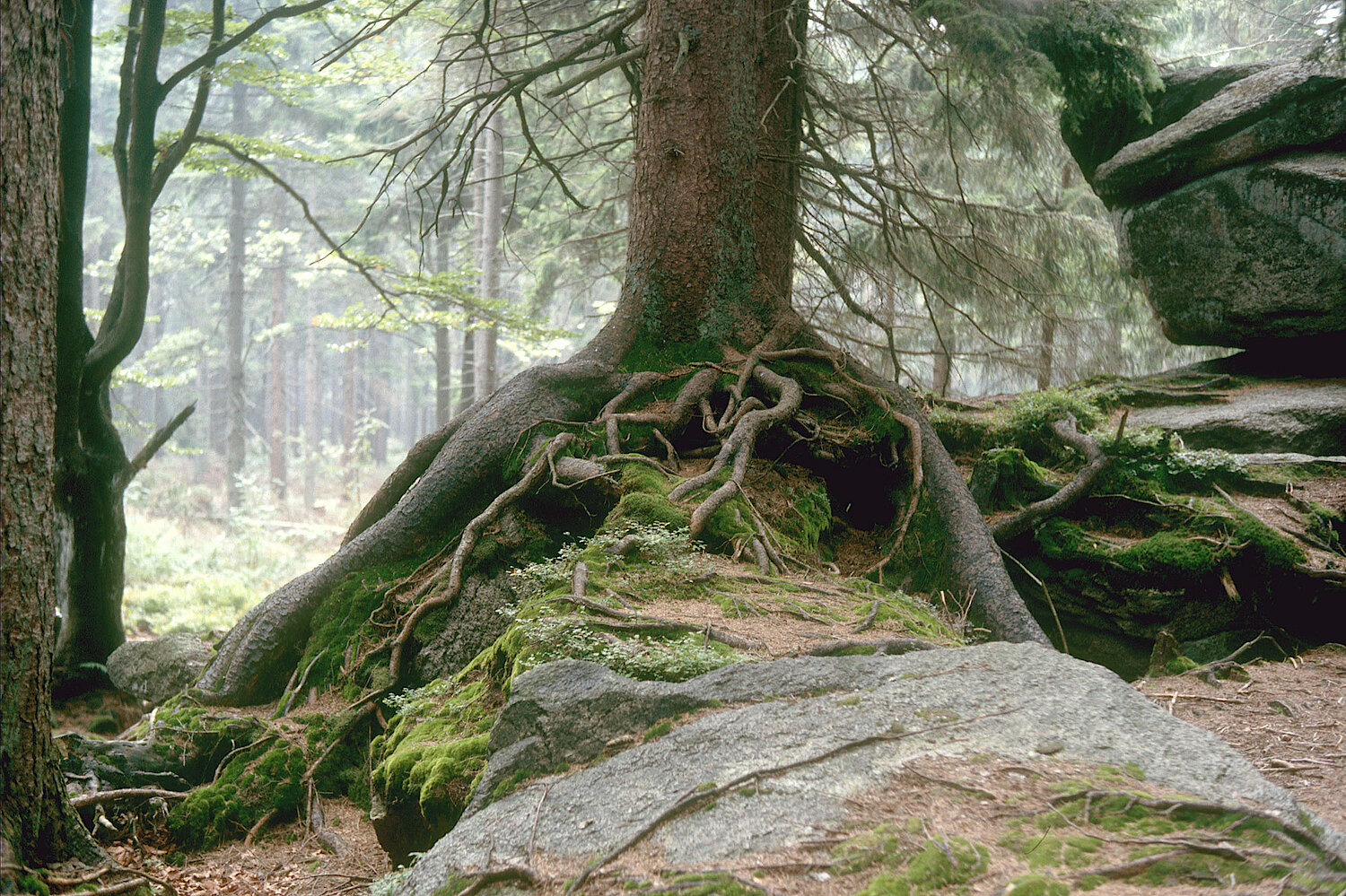Natural Capital, ecosystem services, Green Infrastructure and Mapping and Assessment of Ecosystem Services
Europe's natural capital is under growing cumulative pressure from intensive agriculture, fisheries and forestry and urban sprawl.

Context
Natural capital includes two major components:
- Abiotic natural capital, which comprises subsoil assets (e.g. fossil fuels, minerals, metals) and abiotic flows (e.g. wind and solar energy) and
- Biotic natural capital or ecosystem capital consisting of ecosystems, which deliver a wide range of valuable services that are essential for human well-being.
Europe's natural capital is under growing cumulative pressure from intensive agriculture, fisheries and forestry, and urban sprawl. A substantial volume of relevant EU legislation already exists but lacks adequate integration in sectoral policies. Mismanagement of natural capital also persists because its full value is not reflected in socio-economic policies and choices despite its fundamental importance for society's welfare. Sustained efforts are needed globally to integrate it into national accounts.
While a comprehensive assessment of the state and trends of Europe's ecosystems and related services has not yet been undertaken, important progress has been made. For example, the work under the Mapping and Assessment of Ecosystems and their Services (MAES) initiative will improve the knowledge base on ecosystems and their services in Europe.
Information is already available for many ecosystem types and services. For example:
- 30% of the EU's land is highly fragmented affecting the connectivity and health of ecosystems and their ability to provide services as well as viable habitats for species;
- only 53% of Europe's surface water bodies are likely to achieve good ecological status by 2015;
- despite progress in reducing pollution, more than 40% of rivers and coastal water bodies are affected by diffuse pollution from agriculture;
- emissions of air pollution have declined but the magnitude and risk of ecosystem eutrophication has only diminished slightly and transboundary effects remain a challenge;
- in the marine environment, the improving status of some commercially exploited fish stocks has enhanced provisioning services, yet many fisheries remain unassessed.
Mapping and Assessment of Ecosystems and their Services. An analytical framework for ecosystem assessments under action 5 of the EU biodiversity strategy to 2020Publications office of the European Union, Luxembourg. (2013)
Green infrastructure
Green infrastructure networks consist of strategically planned natural and man-made green structures, designed to deliver a wide range of ecosystem services. The EU biodiversity strategy 2030 addresses this decline with a plan to ‘build a truly coherent Trans-European Nature Network’. This will be built on the existing Natura 2000 network by analysing the potential connectivity between Natura 2000 sites using green infrastructure (GI) landscape elements important for delivering ecosystem services.
ENCA Activities
17 June 2020, online webinar on Corona & Biodiversity
ENCA-24 Vienna 2019 focused on development of an EU-wide pollinator monitoring scheme and pollinator indicators, as well as on the EEA SEBI indicators
Presentations are available upon request from the ENCA secretariat.
Further: all ENCA activities focusing on the EU Biodiversity and the CBD include important aspects of this subject.
ENCA Outputs
Selected outputs to this topic: (further Outputs you'll find in the Library.)
Recommendations for overcoming barriers to mainstreaming the delivery of Nature-based Solutions
Statement from the European Network of Heads of Nature Conservation Agencies (ENCA) regarding the Communication from the Commission to the European Parliament, the Council, the European Economic and Social Committee and the Committee of the Regions, EU Biodiversity Strategy for 2030 - Bringing nature back into our lives
Proceedings of the European Conference “Nature-based Solutions to Climate Change in Urban Areas and their Rural Surroundings“
